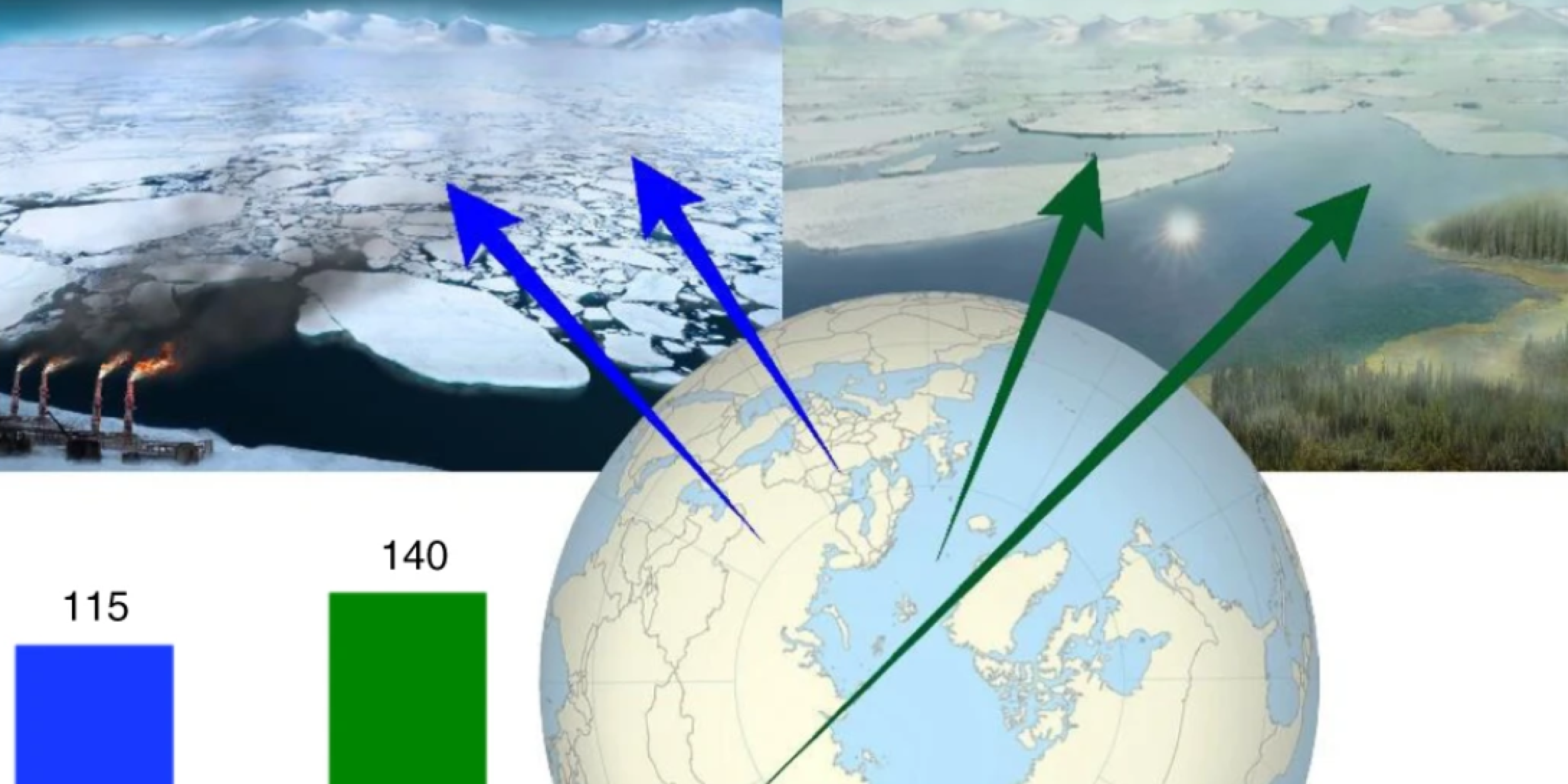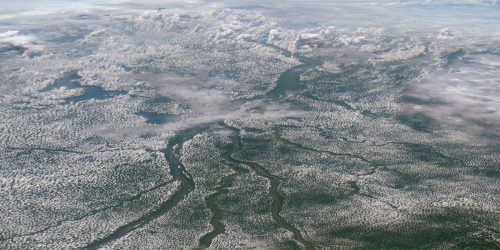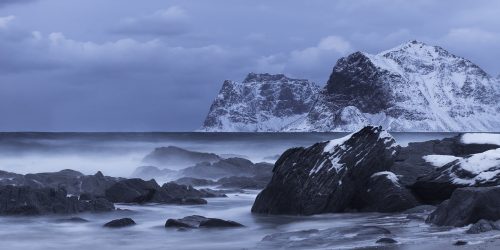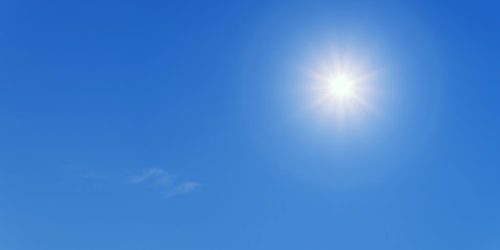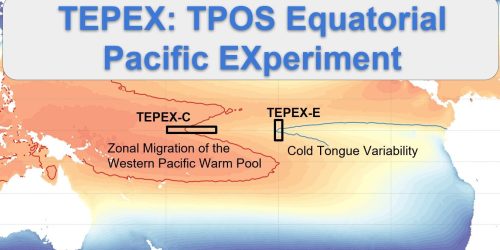Organic aerosols (OAs), an important and abundant fraction of the arctic aerosol mass, plays an important role in modulating the radiative balance of the Arctic atmosphere. OAs interact with other aerosol components like black carbon, elemental carbon or sulfate, and can affect their radiative forcing. The magnitude of these effects depends on the photochemical properties of OA, their sources and formation process. However, these processes cannot be traced by satellites and information is primarily collected using ground-based observations. Because of these measurement challenges, OAs in polar regions have received limited attention and their complex composition, sources and role in the arctic atmosphere are poorly understood.
A new study published in the journal of Nature Geoscience and funded in part by CPO’s Atmospheric Chemistry, Carbon Cycle and Climate (AC4) program sheds light on composition and sources of OAs. A team of researchers from twelve countries used data from eight observatories spanning the entire arctic region, to determine the spatial and seasonal distribution of individual OA classes. These measurements reveal annual cycles in the anthropogenic and biogenic sources of OAs. While OAs in the Arctic is primarily influenced by anthropogenic emissions, mostly from Eurasia in the winter, it is replaced by natural emissions in summer months. Anthropogenic emissions consist of both direct combustion emissions and long-ranged transported and aged pollution. Natural emissions include primary biological and secondary biogenic and marine emissions that have the potential to influence Arctic climate by modulating the cloud condensation nuclei properties and acting as ice-nucleating particles. This work provides a comprehensive understanding of the current pan-Arctic OA that can be used to support modeling efforts aimed at quantifying the climate impacts of emissions in the Arctic region.
For more information, contact Shiv Das.


